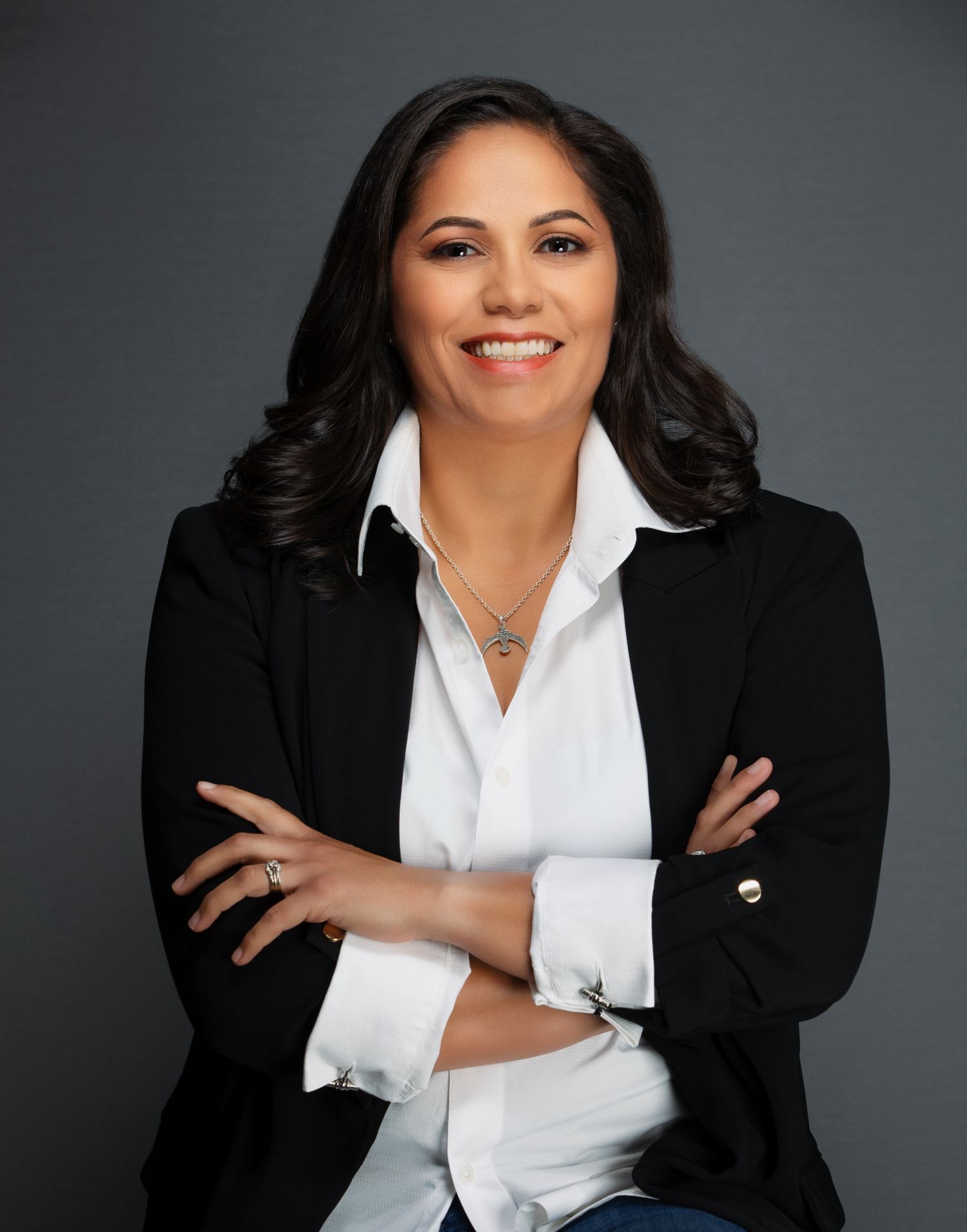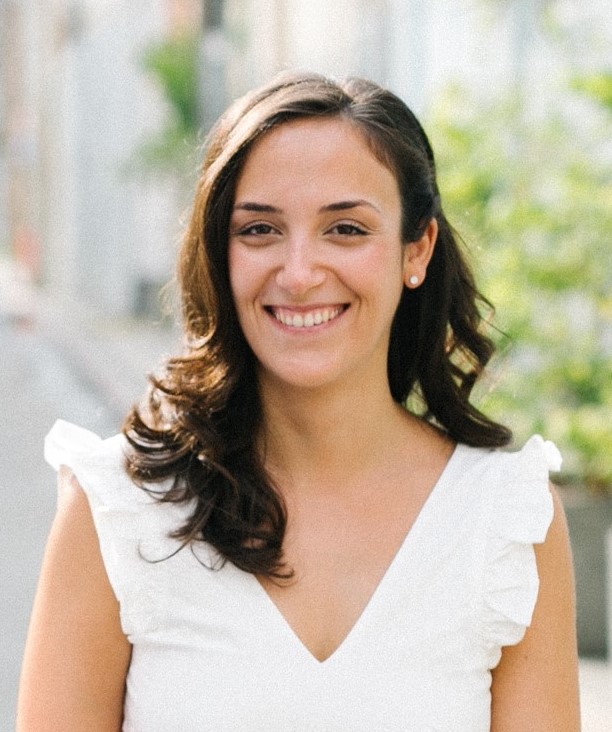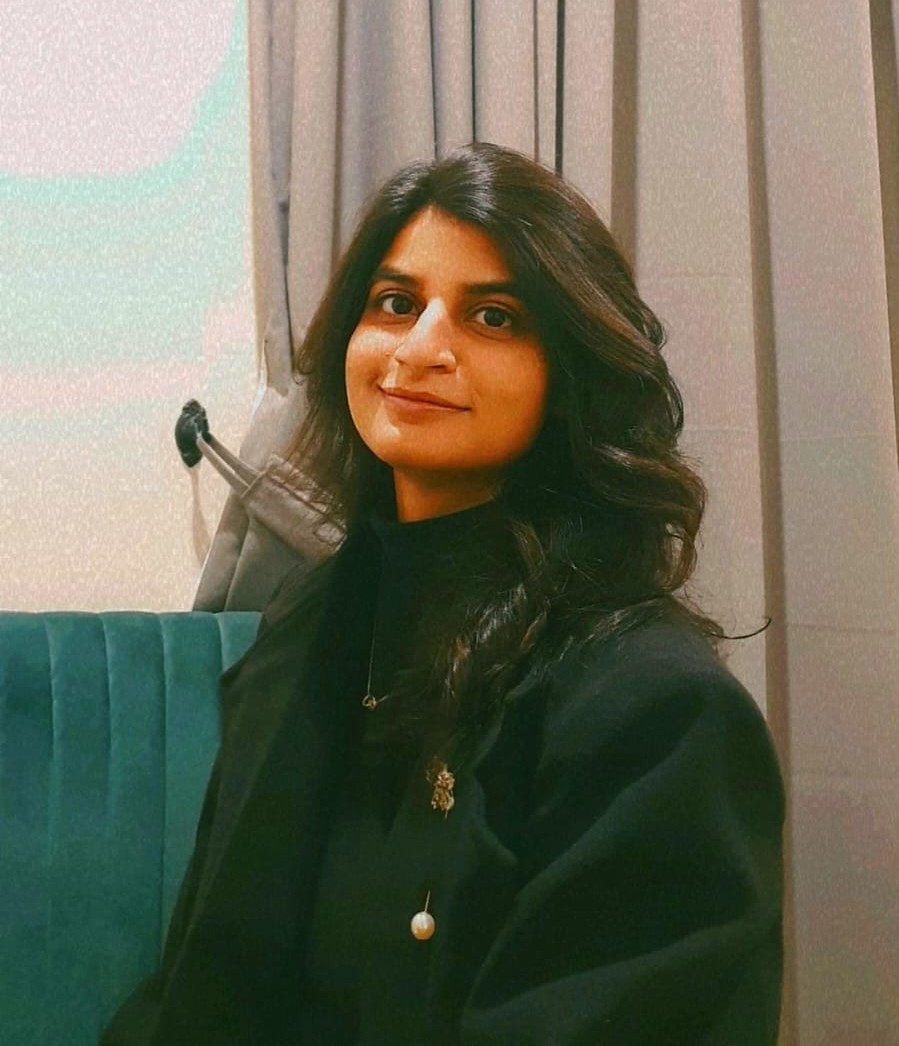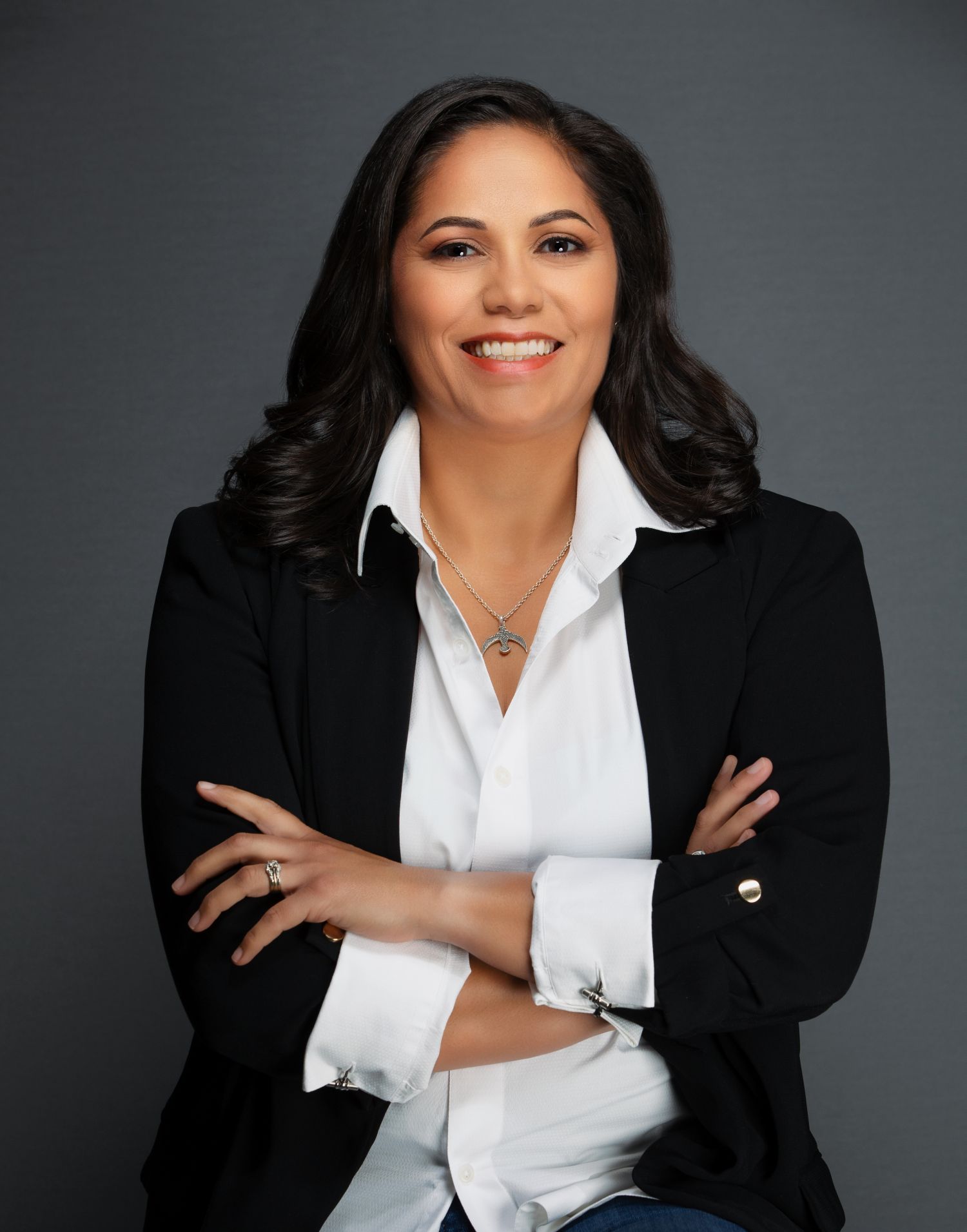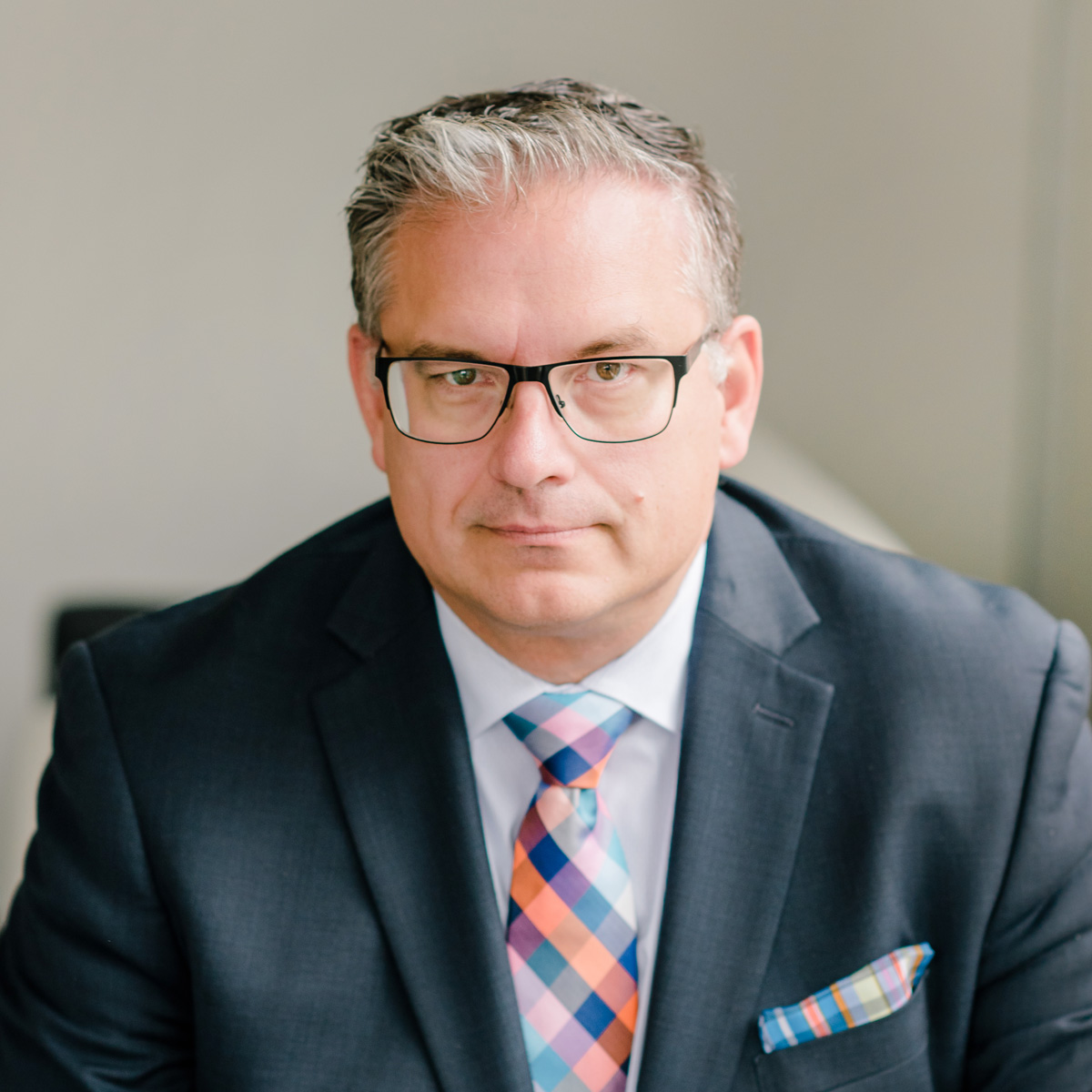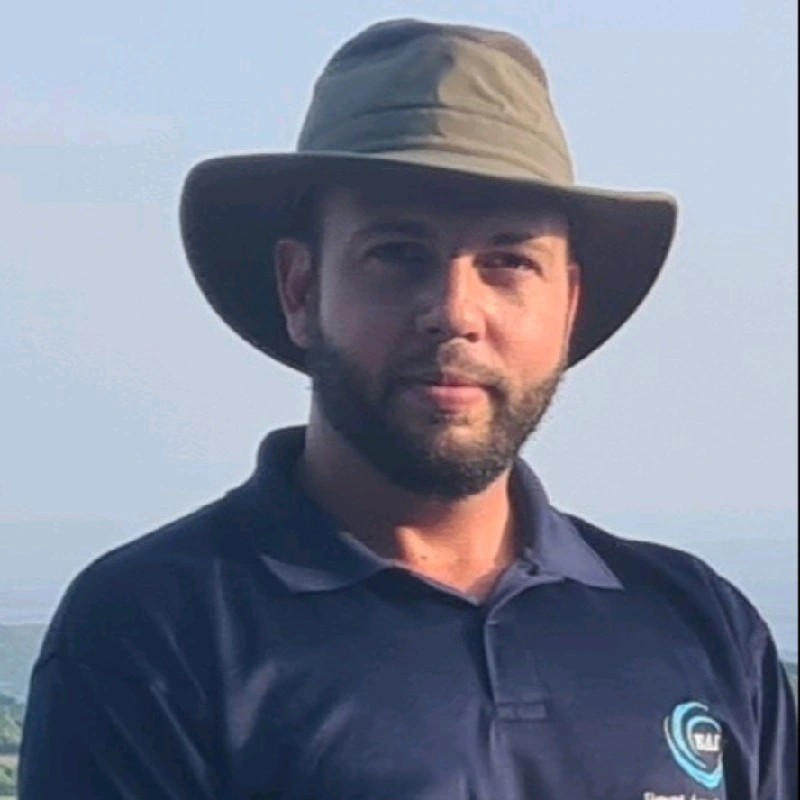Water Resiliency

The world is facing a water crisis. Over 2 billion people already live in water-stressed regions, and demand for freshwater is expected to rise by 30% by 2050. Climate change is intensifying droughts, floods, and shortages. Fortunately, solutions already exist. Around the globe, innovators, companies, and communities are proving that we can secure water for people and nature.
At Brilliant Ideas Planet (BIP), we shine a spotlight on these solutions and connect them to the world. This roadmap outlines the key areas where action is most urgent — and the pioneers already showing the way.
The Game Plan
1. Use Water Smarter (Efficiency & Demand Management)
Agriculture is by far the thirstiest sector, consuming about 70% of all freshwater withdrawals worldwide. A shift to precision irrigation methods could cut this use by 30–50%, while still increasing yields.
Cities are no better: on average, they lose 30–40% of treated water through leaks and theft. Fixing these losses alone could supply an additional 700 million people with safe water.
In industry, smarter water management — from closed-loop cooling to water audits — could reduce consumption by up to 50%.

Who’s showing the way:
-
Netafim (Israel): Pioneering drip irrigation that saves billions of liters.
-
Xylem (US): Smart water meters and leak detection transforming city systems.
-
APANA (US): IoT-enabled monitoring that helps businesses cut waste.
Look for solutions here
2. Turn Wastewater into a Resource (Circular Water)
Today, nearly 50% of wastewater flows untreated back into rivers and seas, polluting ecosystems and squandering resources. If properly treated and reused, that same water could meet the needs of over 400 million people. Embracing wastewater as a resource, instead of waste, has the potential to transform cities and industries into circular systems where every drop is used again.
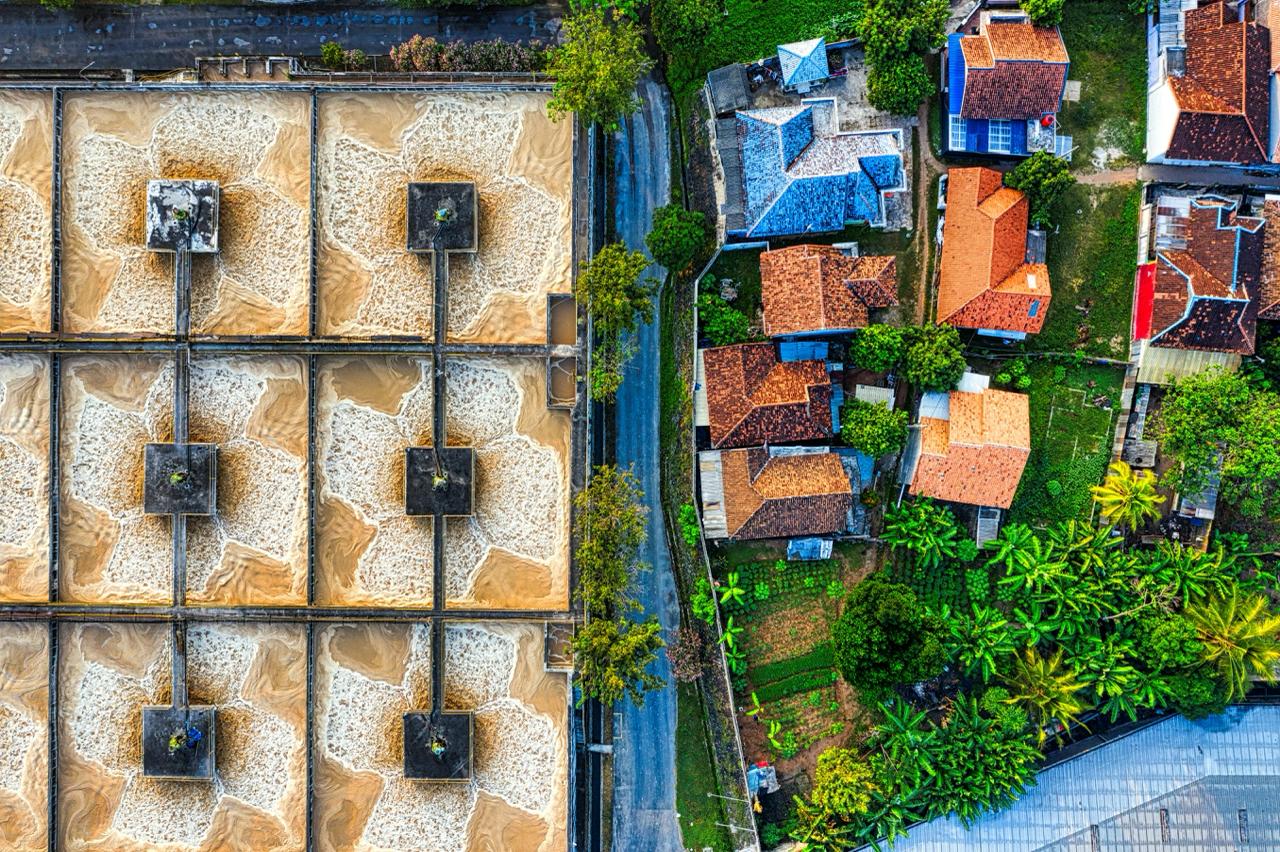
Who’s showing the way:
-
Singapore PUB: “NEWater” shows the world what potable reuse looks like.
-
Cambrian Innovation (US): Converts brewery wastewater into clean water + renewable energy.
-
Ekopol (Poland): Decentralized wastewater treatment for small communities.
Look for solutions here
3. Diversify Water Sources (Alternative Supply)
Relying only on rivers, lakes, and groundwater is no longer enough. Desalination already supplies water to over 300 million people, but the next generation of plants must cut costs and reduce brine pollution. Urban rainwater harvesting could meet 20–30% of municipal demand if scaled up. And new technologies that generate water from air are emerging as a lifeline for the hundreds of millions who still lack access to safe drinking water.
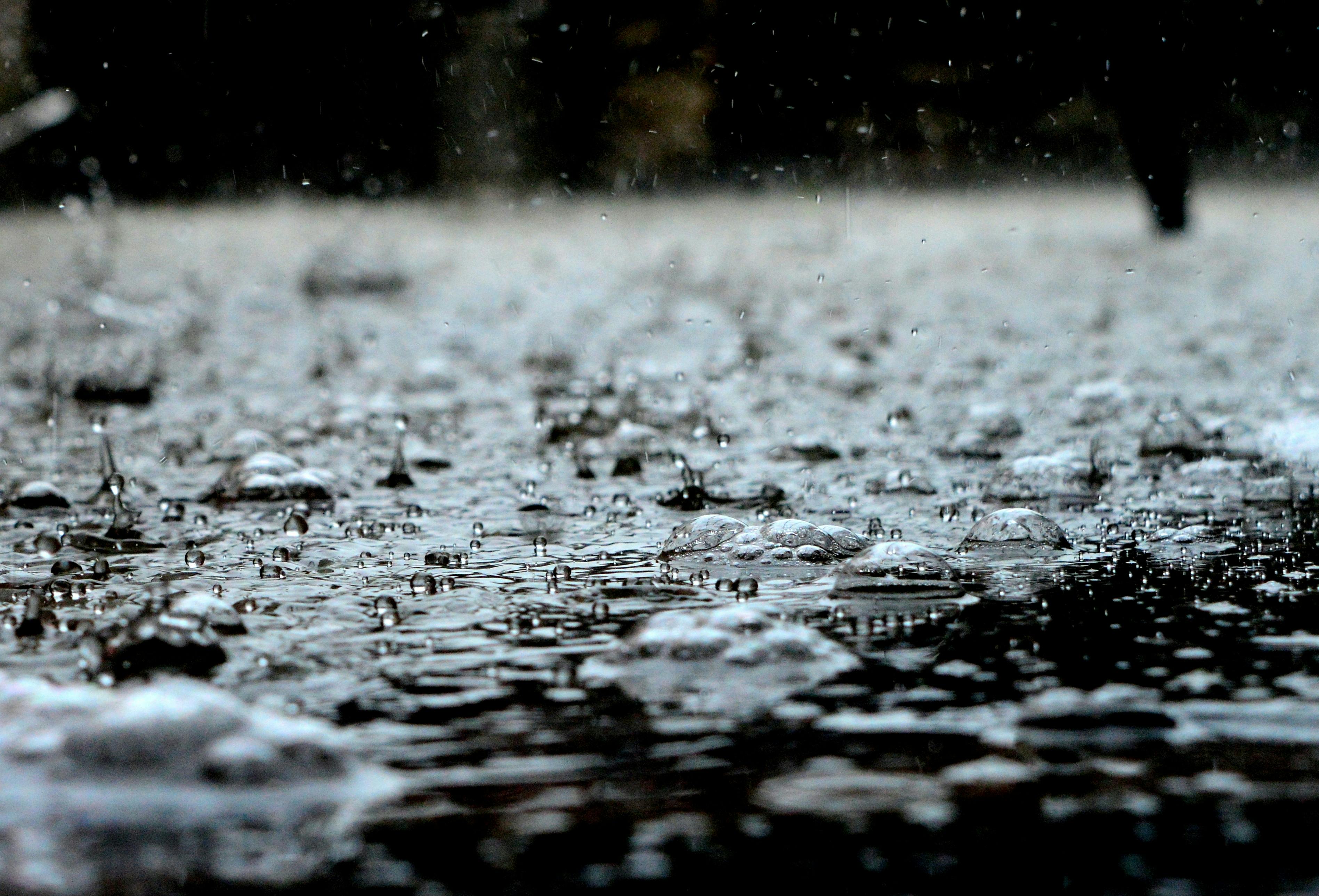
Who’s showing the way:
IDE Technologies (Israel): World leader in efficient desalination plants.
Watergen (Israel): Producing clean drinking water directly from air.
AquaCell (India): Affordable rooftop rainwater harvesting for households.
4. Regenerate Nature (Ecosystems & Groundwater)
Nature is our most powerful water system, yet it is under siege. Since 1970, the world has lost 35% of its wetlands, which act as natural filters and reservoirs. Groundwater now provides half of all drinking water, but aquifers are being pumped faster than they can recharge. Restoring wetlands, protecting watersheds, and actively replenishing aquifers could secure billions of cubic meters of water each year, while also strengthening biodiversity and climate resilience.
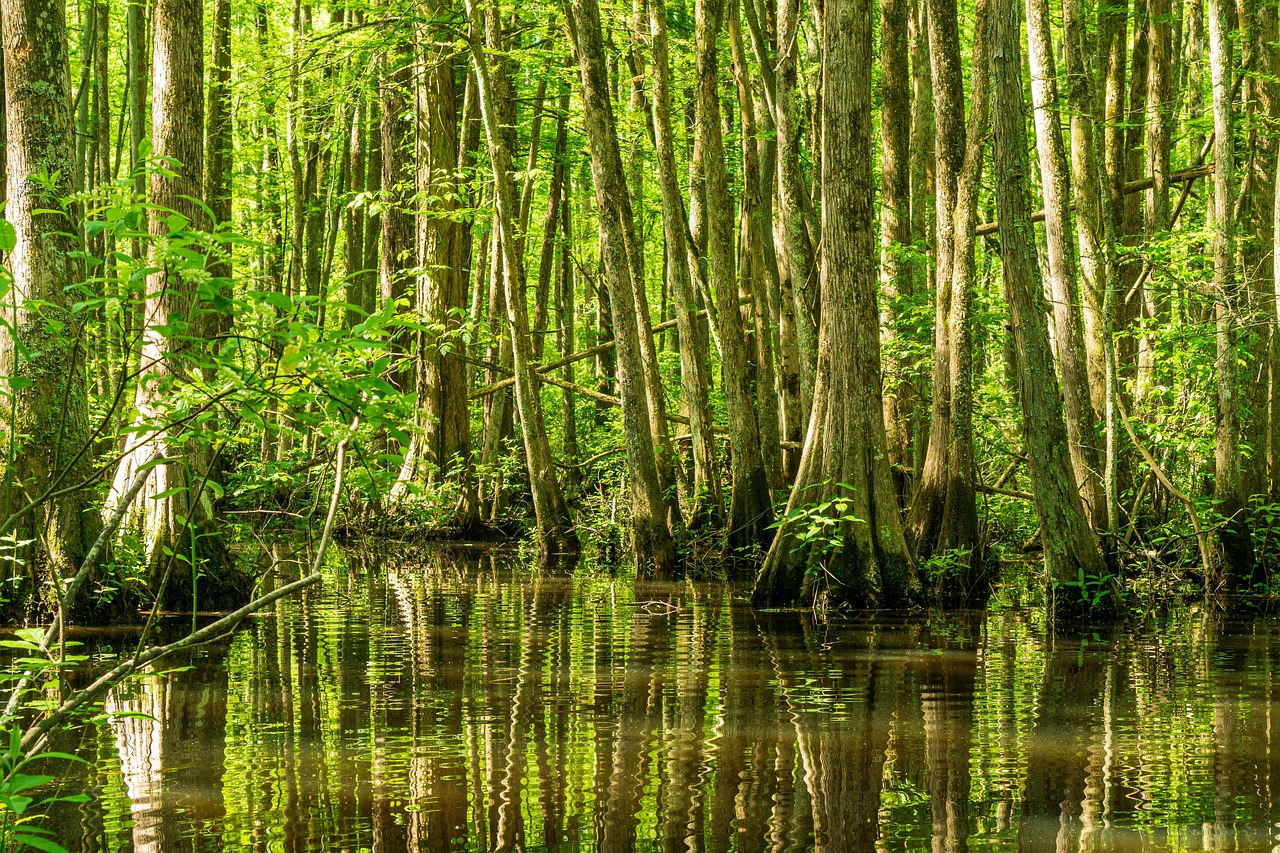
Who’s showing the way:
-
The Nature Conservancy (Global): Creating water funds to finance watershed restoration.
-
Recharge Well (India): Scaling low-cost aquifer recharge technologies.
-
Green City Solutions (Germany): Integrating green infrastructure into cities.
Look for solutions here
5. Build Climate Resilience (Droughts & Floods)
The water crisis is also a climate crisis. By 2050, 1.6 billion people are projected to face flooding every year, while 5 billion will suffer from water scarcity. Droughts are already the costliest natural disasters, crippling agriculture and economies. Preparing for these extremes requires adaptive systems: early warning technologies, modular water recycling, and resilient infrastructure that can protect lives and livelihoods in a rapidly changing world.
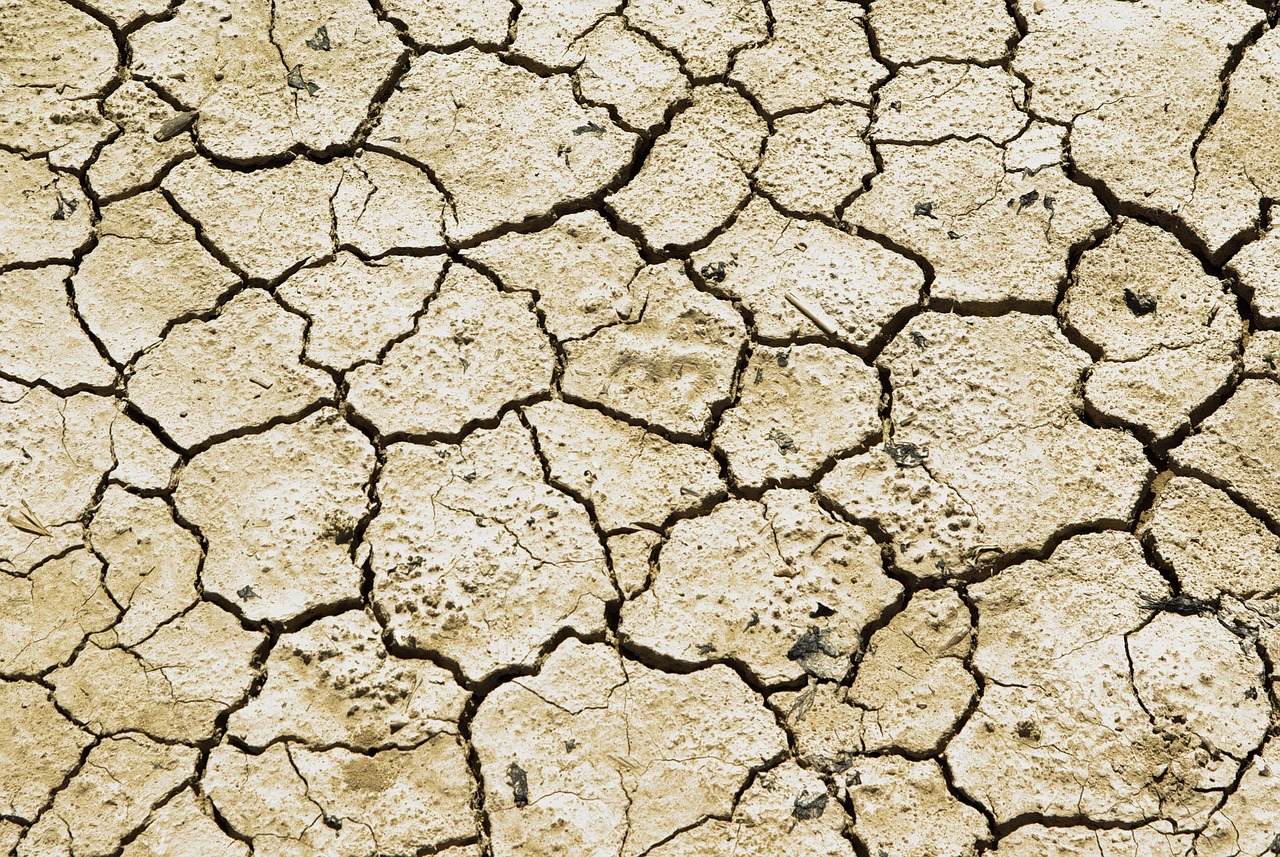
Who’s showing the way:
-
Hydroloop (Netherlands): In-home water recycling for drought resilience.
-
FloodMapp (Australia): Real-time flood prediction that saves lives.
-
Grundfos (Denmark): Solar-powered water pumps for communities under stress.
Look for solutions here
6. Advanced Contamination Control
Water quality is deteriorating rapidly. Every day, around 2 million tons of sewage and industrial waste are discharged into the world’s waters. Heavy metals, microplastics, and emerging contaminants like pharmaceuticals and PFAS (“forever chemicals”) threaten both ecosystems and human health. Tackling this challenge means deploying advanced monitoring, treatment, and cleanup technologies to keep water safe at every stage — from source to tap.
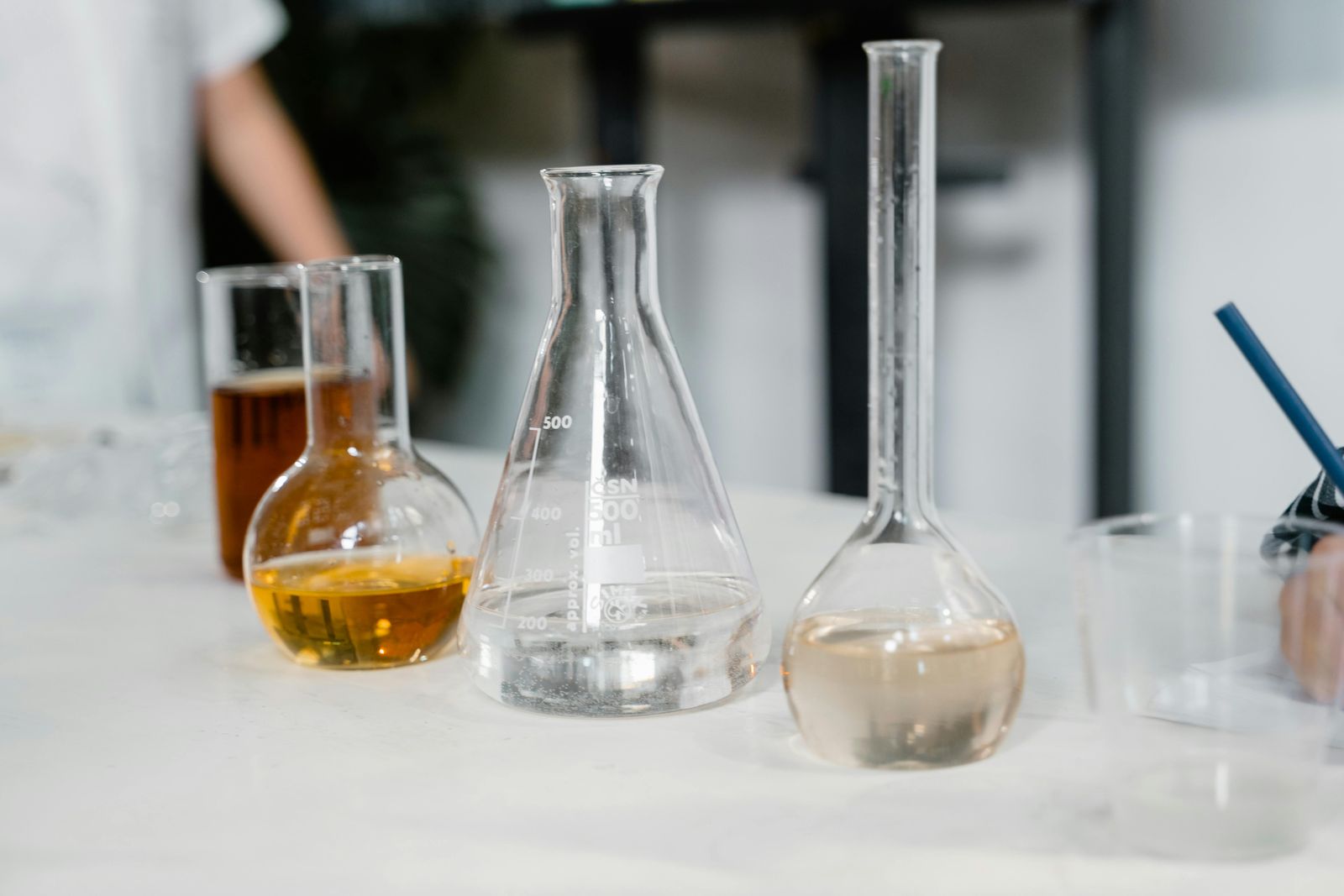
Who’s showing the way:
-
Aquaporin (Denmark): Using biomimicry (aquaporin proteins) for ultra-efficient water purification.
-
Evoqua (US): Advanced industrial water treatment and PFAS removal.
-
Bluephage (Spain): Rapid testing technologies for viruses in water.
Our Experts
These innovations prove that water abundance is possible. The challenge now is to scale what works — across cities, industries, and communities.
At BIP, our mission is to accelerate this transformation by giving visibility to the best solutions, connecting innovators with funders and adopters, and building a global ecosystem of change.
Join Us
For companies: Showcase your solutions on BIP.
For cities & communities: Explore and adopt proven innovations.
For everyone: Support a water-secure future.
Oops, it seems like you're not a member.
Sign up! It's free. You'll be able to read all the articles you like, download PDFs, and get in contact with the respective owners.
Have an account already? Sign in here
